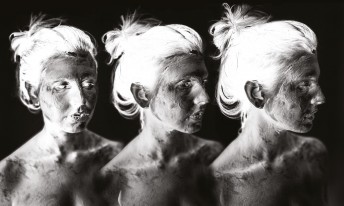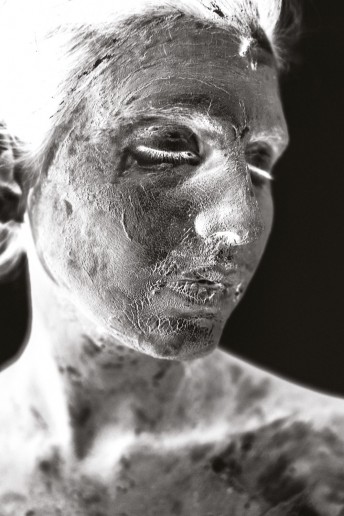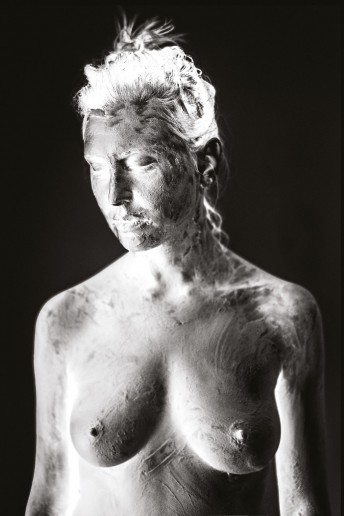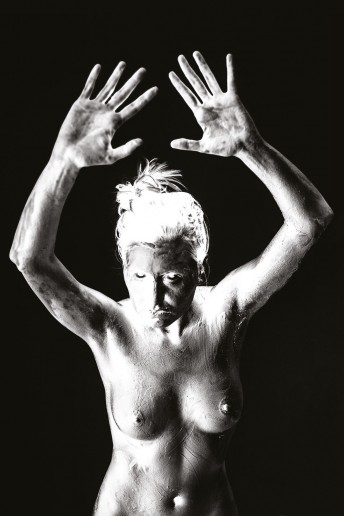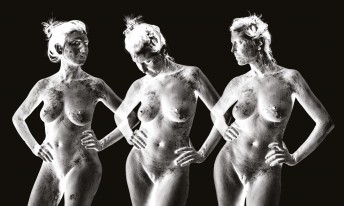The Golem
In ancient jewish mythology, the Golem is an animate being made from inanimate matter, commonly clay or stone. This man, conceived by the kabbalists and their sacred philosophy, is an unfinished object, an artificial creature that lacks a soul and that comes to life thanks to the magical force of God’s name. The word golem is used in the Bible and in Talmudic literature to refer to an embryonic or incomplete substance. The myth can also be read from the Christian adaptation of the creation metaphor, having some similarities with how Adam is created by God from clay.
The existence of a golem presents as many advantages as disadvantages. A strong creature, but not intelligent. If it is ordered to carry out a task, it will carry it out systematically, slowly and executing the instructions in a literal way, without any questioning. According to legends, his main disability was the inability to speak. Symbolizing raw matter, something that has no form yet and has been created only to obey. He is the victim of his creator’s ambitions, and at the same time his victimizer.
The english writer Mary Shelley, author of Frankeinstein, which shares much with the story of the Golem, was the daughter of Mary Wollstonecraft, english philosopher and writer, and one of the initiators of feminist thought, author of Vindication of the Rights of Woman (1792) a work in defense of equal rights and opportunities for the sexes, in which Mary laid the foundations of modern feminism.
In modern culture and, particularly, in the colloquial framework, the golem is a metaphorical figure closely related to the automaton, the brainless being or the massified man who, controlled, serves from a plane of conformism, but could, under certain circumstances, rebel.
In the photographic work The Golem is intended to show this figure as a metaphor for feminism, a subjective perception that aims to wonder about what is being seen. Who is this creature? what does it do? is it an automaton? who created it? is it a person or a monster? is it a construction or an idealization of something? what is the significance of the Hebrew myth in its relationship with women from a historical perspective? The idea of the work is to awaken questions, provoke and trigger sensations between what is seen and the theme suggested by the title of the work, covering a whole sociocultural and historical content of the myth, which will be subjugated to the worldview and cultural and ideological competencies of each viewer.
